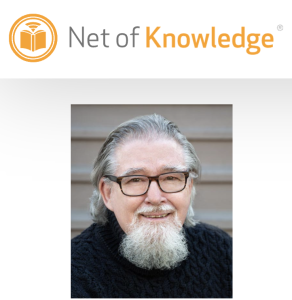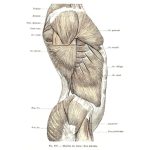Sign up here: Net of Knowledge


Self-care has become a trendy buzzword in the post-Covid era but the benefits to practicing regular self-care are undeniable. But first, let’s talk about what self-care is and what it isn’t. Self-care is taking steps to address your physical and emotional health needs to the best of your ability. Self-care is not being selfish or self-indulgent.
And nobody knows the importance of self-care better than moms. Yet moms are usually the first to put themselves at the bottom of the list in terms of self-care. But we don’t all have to be moms to have an overwhelming to-do list that depletes us mentally and physically. Just like a healthy diet and regular exercise, self-care is the next key to great physical and mental health.
The best part about self-care is that it includes a variety of activities that can range from exercise, yoga, hiking in nature, or bike riding, to quieter outlets like reading, meditation, prayer, or a warm bath. It really is up to you to determine what outlet is best for you. continue reading

As mental health issues have come to the forefront in recent years, many have sought more natural treatment options that don’t involve pharmaceuticals and their potentially harmful effects. Acupuncture has become a popular option for treating mental health issues, including depression. But does it work? Before we answer that question, let’s give a proper definition to both acupuncture and depression. continue reading
Presented by Alameda Acupuncture Corporation

NCCAOM Provider ID 9291 / CAB CE ID 1748
Registration open to Licensed Acupuncturists
Course Overview:
Low back pain is a common complaint in the modern acupuncture clinical practice. Learn a straightforward treatment which can help address this common complaint. Learn palpation and acupuncture point location, needle angle and depth of the quadratus lumborum muscle, the sacroiliac joint, the gluteus medius muscle and two intrinsic core muscles, the transversus abdominus and the internal abdominal oblique. This simple acupuncture approach which can be used to support a wide range of patients from high level professional athletes to a geriatric patient population.
Goals and Objectives:
1. Learn the anatomical significance of muscles and joints which contribute to lumbopelvic stability.
2. Learn orthopedic assessment and identify dysfunctions which can contribute to low back pain.
3. Learn palpation and acupuncture point location, needle angle and depth of the quadratus lumborum muscle, the sacroiliac joint, the gluteus medius muscle and two intrinsic core muscles, the transversus abdominus and the internal abdominal oblique.
4. Learn how to use electrical stimulation effectively.
REQUIREMENTS:
All attendees are required to be licensed to practice acupuncture in their respective practice state or country and provide proof of malpractice coverage at the time of the course. Sorry, no exceptions.
Because this course is skills training based there are LIMITED spaces available!
CEU/PDA:
7 PDA: NCCAOM PDA Provider Number 9121
7 CEU: CA CEU: Category 1, California Acupuncture Board, Provider Number 1748
This course is CA CEU and NCCAOM PDA Approved , so you will need to indicate if you need one or the other or both at the time of your registration and provide your legal name for your CEU certificate and License Number.
ATTENDANCE POLICY:
Please be aware, no refunds or CEUs will be issued if you do not show up, are late, or leave early from the program.
 Mar 16, Dry Needling, Acupuncture and Athletic Performance, CSOMA One Root, Many Branches Conference & Expo
Mar 16, Dry Needling, Acupuncture and Athletic Performance, CSOMA One Root, Many Branches Conference & Expo